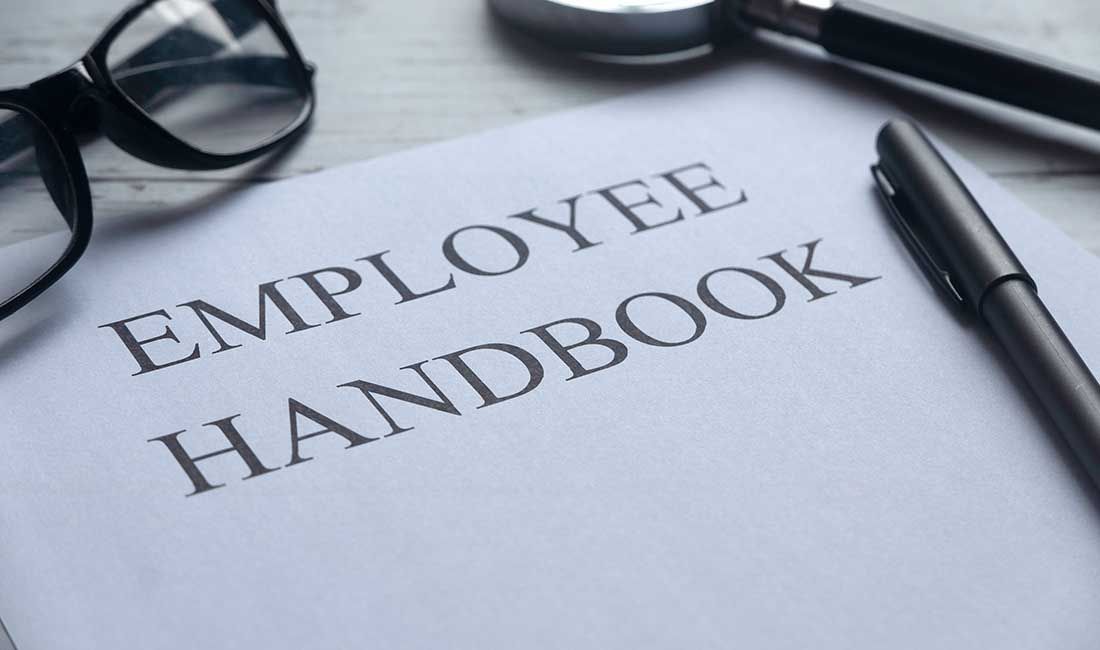Employers' Maternity Leave Responsibilities

| W.E.U Admin | Workplace Wellbeing
TAGS: Employers
In the UK, parents have access to three primary types of leave: maternity leave, paternity leave and unpaid parental leave. Each serves a unique purpose, ensuring that employees can balance work and family commitments while enjoying legal protections.
Types of Parental Leave
Maternity Leave: Available to birthing parents to cover time off before and after childbirth.
Paternity Leave: Offered to eligible partners for supporting the mother and bonding with the new baby.
Unpaid Parental Leave: Granted to parents wishing to take additional time off, subject to employer approval.
What Are Employees Entitled To?
Duration of Maternity Leave
Pregnant employees can take up to 52 weeks of maternity leave, divided into:
- Ordinary Maternity Leave – first 26 weeks
- Additional Maternity Leave – subsequent 26 weeks
Leave may start up to 11 weeks before the expected week of childbirth, unless the baby arrives early. Following the birth, employees must take at least two weeks off work (or four weeks if they work in a factory).
Redundancy and Discrimination Protections
Under the Equality Act 2010, pregnancy is a protected characteristic, so an employee on maternity leave cannot be dismissed or treated unfairly. Employers must also offer priority for alternative roles if redundancy arises during maternity leave.
How Much Should Staff Be Paid?
Employers must pay at least Statutory Maternity Pay (SMP), although many choose to offer enhanced packages.
Statutory Maternity Pay Rates
- First 6 weeks: 90% of average weekly earnings (AWE) before tax
- Next 33 weeks: £184.03 or 90% of AWE (whichever is lower)
Tax and National Insurance contributions are deducted as usual.
Reclaiming Statutory Maternity Payments
Employers can generally reclaim 92% of SMP outlay, even if they pay above the statutory minimum. Small employers (Class 1 NICs £45,000 or less) may qualify for additional relief.
Keeping Correct Records
To comply with HMRC and maintain legal evidence, employers should retain the following for at least 3 years after the relevant tax year:
- Proof of pregnancy (e.g., MAT B1 certificate)
- Date SMP started
- Records of SMP payments and reclaim dates
- Details of any unpaid weeks and reasons
Ensuring Employees Are Eligible
For an employee to qualify for SMP, they must:
- Be on payroll by the 15th week before the expected week of childbirth
- Provide the required notice and proof of pregnancy
- Have at least 26 weeks’ continuous service by the 15th week
- Earn at least £123 per week (gross) on average
If an employee does not meet these criteria, they may apply for Maternity Allowance instead. Employers must issue an SMP1 form within 28 days of request or birth to formally refuse SMP.
Seeking Professional Advice
When in doubt about an employee’s entitlement to leave or pay, consult an employment law expert. They can review contracts, advise on redundancy protections, and ensure your policies remain compliant with current regulations.
workersofengland.co.uk | Independent Workers Trade Union


















